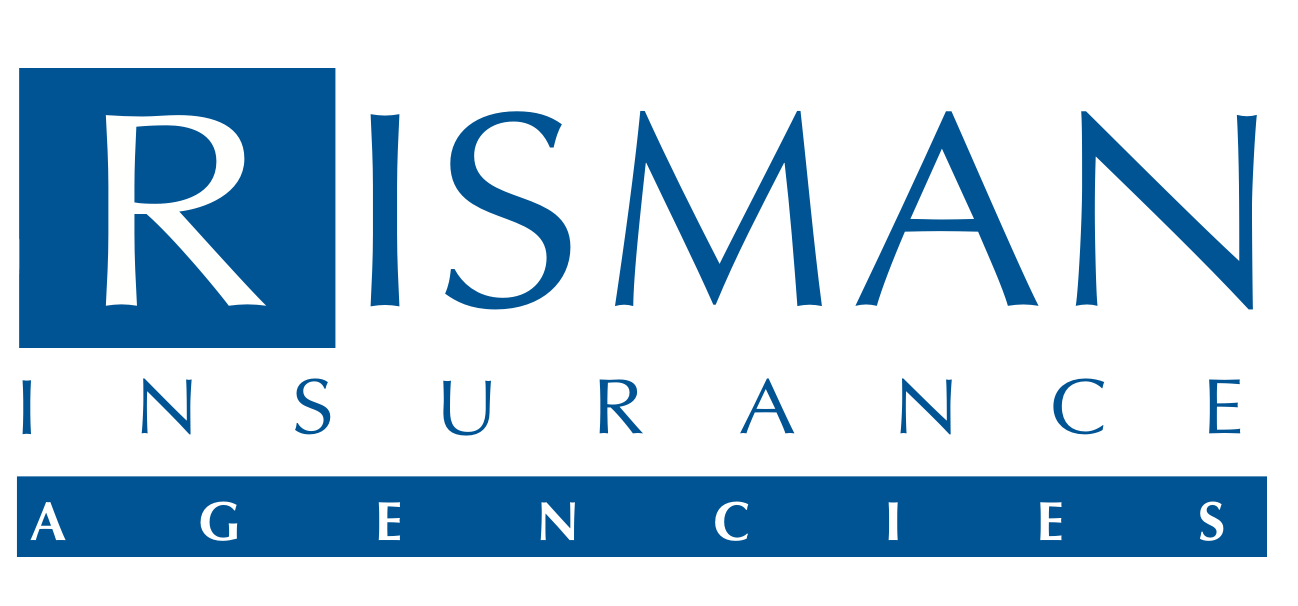In the realm of insurance decisions, there’s often a delicate balance between protecting oneself adequately and avoiding unnecessary expenses. One crucial consideration is whether to add excess uninsured/underinsured liability coverage to your personal umbrella policy. This decision hinges on various factors, each demanding careful contemplation.
Understanding the Basics
To grasp the significance of excess uninsured/underinsured liability coverage, it’s essential to understand its purpose. This coverage comes into play when you’re involved in an accident with a driver who either lacks insurance or carries insufficient coverage. While your primary auto insurance typically covers such situations up to a certain limit, adding this coverage to your personal umbrella policy can provide an extra layer of protection.
Factors to Consider
1. Current Coverage Limits:
- Start by examining your existing auto and homeowners insurance policies. Understand the limits of your uninsured/underinsured motorist coverage, as your personal umbrella policy usually kicks in after these primary policies reach their limits.
2. State Requirements:
- Be aware of your state’s minimum requirements for uninsured/underinsured motorist coverage. Complying with these legal obligations ensures you meet the baseline protection standards.
3. Personal Assets:
- Consider your personal financial situation. If you possess substantial assets, it might be prudent to opt for higher coverage limits. This additional coverage acts as a safeguard in the event of a lawsuit.
4. Risk Exposure:
- Assess your risk exposure based on your lifestyle. Do you frequently drive? Do you live in an area with a high incidence of uninsured motorists? Understanding your risk factors can guide your decision on coverage limits.
5. Financial Consequences:
- Ponder the potential financial ramifications of an accident involving an uninsured or underinsured driver. Medical bills, property damage, and related expenses can accumulate rapidly, underscoring the need for comprehensive coverage.
6. Cost of Coverage:
- Obtain quotes for different coverage limits and evaluate the cost-benefit ratio. Striking a balance between affordability and comprehensive protection is key.
7. Future Earnings:
- Consider your future earning potential. If you anticipate an increase in income and assets, opting for higher coverage limits can safeguard your financial well-being down the road.
8. Consultation with Professionals:
- Seek advice from insurance professionals or financial advisors. They can provide valuable insights and help tailor your coverage to align with your specific needs.
In the ever-evolving landscape of insurance decisions, the choice to add excess uninsured/underinsured liability coverage to your personal umbrella policy is not one-size-fits-all. It demands a thoughtful evaluation of your personal circumstances, risk tolerance, and financial standing. While the additional coverage comes at a cost, the potential protection it affords in challenging situations could prove invaluable. Ultimately, a well-informed decision, possibly with the guidance of professionals, ensures you strike the right balance between safeguarding your assets and managing your insurance expenses.

Recent Comments